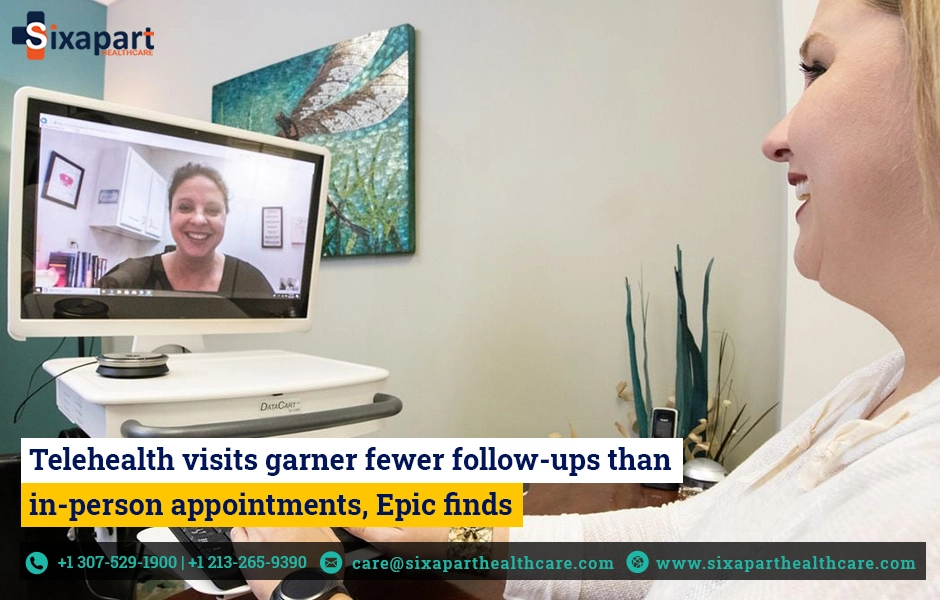Telehealth visits garner fewer follow-ups than in-person appointments, Epic finds
Article By: ydney Halleman
Blog Source From : https://www.healthcaredive.com/

Dive Brief:
- Telehealth patients across most medical specialties are less likely to attend follow-up appointments 90 days after a visit compared to in-person appointments, according to new research from Epic.
- The analysis of follow-up visits comes after a December report from Epic found most telehealth patients did not require a follow-up appointment in the three months after an initial visit. Mental health, physical medicine, and rehabilitation and pain medicine had the highest in-person follow-up rates compared to telehealth visits, according to the latest research.
- The new telehealth study comes as federal lawmakers debate whether to make pandemic-era virtual care flexibilities permanent before they expire in 2024.
Dive Insight:
For the analysis, Epic surveyed 40.7 million specialty and 32 million primary care encounters between January 2022 and March this year. Although utilization soared during the pandemic, researchers in the study noted that telemedicine use was infrequent for most specialties, with only mental health and sleep medicine conducting at least 20% of their visits using telehealth.
In-person and virtual follow-up rates for primary care were within two percentage points of each other, according to the study, with family medicine having nearly equivalent follow-up rates. Mental health patients were 30.8% more likely to schedule a follow-up appointment after an in-person appointment, rather than a telehealth visit.
The findings show that telemedicine plays an important role in care delivery without requiring additional encounters from patients, researchers noted.
Federal legislators are currently deciding the future of telehealth for Americans. Last month, a bipartisan group of senators reintroduced the CONNECT act for a second time. The act would make pandemic-era telehealth flexibilities permanent, including those that remove the six-month in-person visit requirements for telemental healthcare and expand originating sites of care to include the home.
Previously, Epic researchers argued that payers should extend coverage to telehealth visits following the COVID-19 pandemic, noting in their December report that telehealth visits served as an alternative, rather than a duplicative, medical encounter.
Although some studies have shown that telehealth services can expand healthcare access to underserved communities, recent research from the KFF found that insurers paid roughly the same for telehealth and in-person visits during the COVID-19 pandemic. The findings pushed back on research arguing that telehealth saves the healthcare system money, KFF said.

